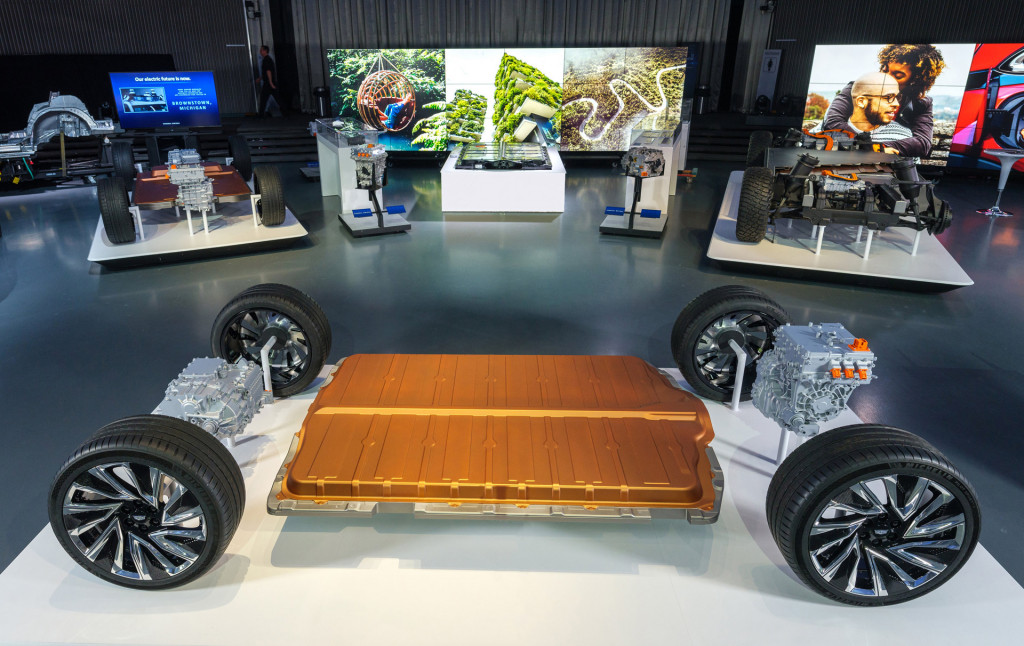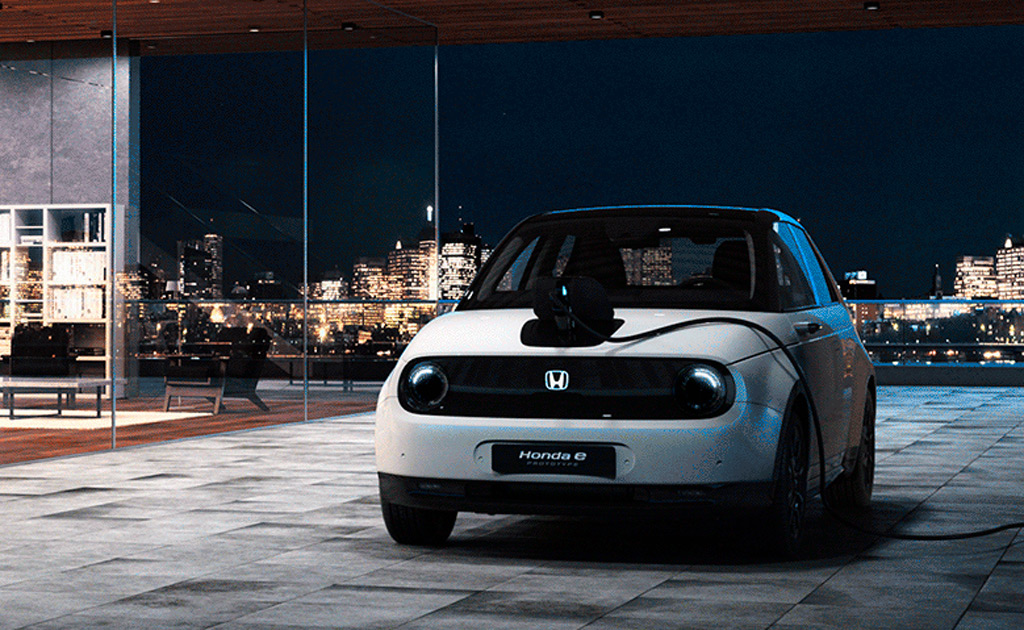Honda and GM are considering a partnership on development and supply-chain costs for much more than fuel cells and battery tech.
The two companies announced on Thursday in a joint press release that they have signed a non-binding memorandum of understanding to form a North American auto alliance. If adopted, the companies will combine efforts in a deeper alliance that will result in “a range of vehicles to be sold under each company’s distinct brands, as well as cooperation in purchasing, research and development, and connected services.”
Planning discussions are starting immediately, with the engineering work to begin in early 2021.
The alliance builds on the two companies’ collaboration on “electrified vehicles and technologies,” they stated—a reference to the two layers of partnership between the companies that already exist.
In the joint statement, the companies said they “plan to share R&D and engineering costs for select future co-developed vehicle and propulsion platforms.” At a time when every company attempts to glamorize EV-tech initiatives and downplay internal-combustion ones, this partnership would include future electrified and gasoline vehicles.
Connected services would also be part of the collaboration, as would joint purchasing, materials sourcing, and logistics.

General Motors' BEV3 platform and Ultium batteries
Earlier this year, the two companies announced that Honda will use GM’s electric-vehicle architecture and Ultium propulsion system, culminating for Honda in two electric vehicles built in North America that will go on sale in 2024.
GM and Honda also then announced that Honda will adopt a version of GM’s advanced driver-assistance system called Super Cruise, though it’s likely Honda won’t use the same name.
The two companies’ EV-specific partnership started in 2018, with the agreement to collaborate on next-generation electric-car batteries, and Honda agreeing to buy battery modules from GM.
Going farther back, GM and Honda agreed to share fuel-cell development efforts in 2013, and in 2017 they established a joint venture to produce hydrogen fuel-cell systems in Michigan. GM has recently backed away from the idea of using fuel cells in passenger vehicles, instead focusing their use toward military and commercial vehicles.

2020 Honda E prototype
On the EV side, Honda could use further help. The company decided not to bring its quirky, retro-styled E to the U.S. It also opted not to push ahead with a larger EV platform, maintaining that the Clarity Electric’s 89-mile range was adequate for Americans.
At the same time, GM could also use EV help. The company has been moving its product development work toward EVs, with about 60% of development resources for EVs now versus 20% a few years ago. That could leave the company’s development of some traditional cash cows, like its trucks, trailing.
GM is spending about $3 billion a year on EV development, with the aim of selling 1 million EVs per year in 2025.













